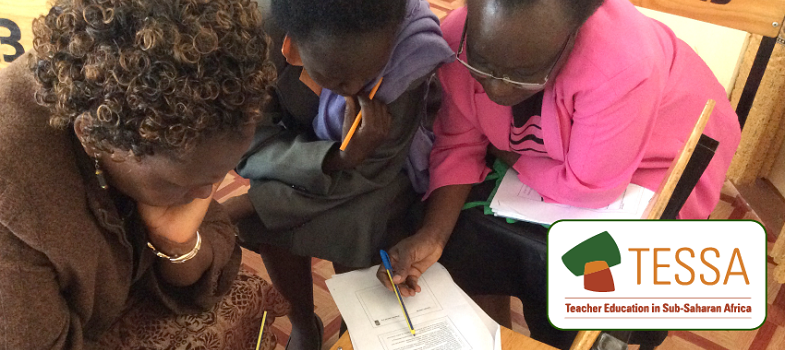1. Discussing artefacts in small groups
Handling artefacts or looking at pictures of them provides a means for you to draw attention to both the factual aspects of history and the interpretation involved. Something that will help you in this work is collecting resources as and when you can. Often it is possible to find old utensils and artefacts from the home and in markets.
This part will help you to plan tasks for your pupils to think about how things that we use in our everyday lives have changed over time. For example, by looking at what we use for cooking now and what we used in the past, we can begin to think about how people used to live. We can compare utensils and, from this, speculate about what it would have been like to live in the past and use such artefacts. This will stimulate pupils’ thinking about themselves and their place in the local community and its history.
Case Study 1: Finding out about objects
Mr Ndomba, a Standard 5 history teacher in Mbinga township, Tanzania, has decided to use artefacts used in farming in his lesson to stimulate pupils’ interest and encourage them to think historically.
He organises the class into groups, giving each group an actual artefact or a picture of one. He asks the groups to look closely at their object or picture and to write as much as they can about it by just looking at it. His pupils do well, as they like discussion, and it is clear to Mr Ndomba that they are interested and enjoying speculating about their artefacts. (See Key Resource: Using group work in your classroom [Tip: hold Ctrl and click a link to open it in a new tab. (Hide tip)] .)
After a few minutes, he asks each group to swap its picture or artefact with that of the next group and do the same exercise again. When they finish, he asks the two groups to join and share their views of the two pictures or artefacts. What do they think the artefacts are? What are they made of? What are they used for? How are they made? They agree on five key points to write about each artefact with one group doing one and the other group the second. Mr Ndoma puts the artefacts on the table with their five key points and makes a display for all to look at for a few days.
At the end of the week, he asks each group to write what they are certain they can say about the object on one side of a piece of paper and on the other side they write things they are not sure about, including any questions. For him, it is not so important that there is agreement on what the object is, but that there is lively, well-argued debate on what it might be used for and how old it might be.
Activity 1: Being a history detective using artefacts
Read Resource 1: Using artefacts in the classroombefore you start.
- Ask your class to bring in any traditional objects that they have at home. Tell them that you want the object to be as old as possible, perhaps used by their grandparents or before. But remind them they have to look after it carefully so it is not damaged. Have a table ready to display them on when the pupils bring them in the next day.
- Explain to your pupils that they are going to be like detectives and piece together as much information and evidence as they can about their objects.
- Ask them, in pairs, to look at all the artefacts and try to name each one and make a list of them in their books. Just by looking and holding, ask them to note what they think each is made of, how it is made and what it might be used for. You could devise a sheet for them to use.
- As a whole class, look at each artefact in turn and discuss the different ideas. Agree which idea is most popular and ask the person who brought the object in what they know about it. Or send them home with some questions to ask and bring answers back to share with the class the next day.
Section 5 : Using artefacts to explore the past



